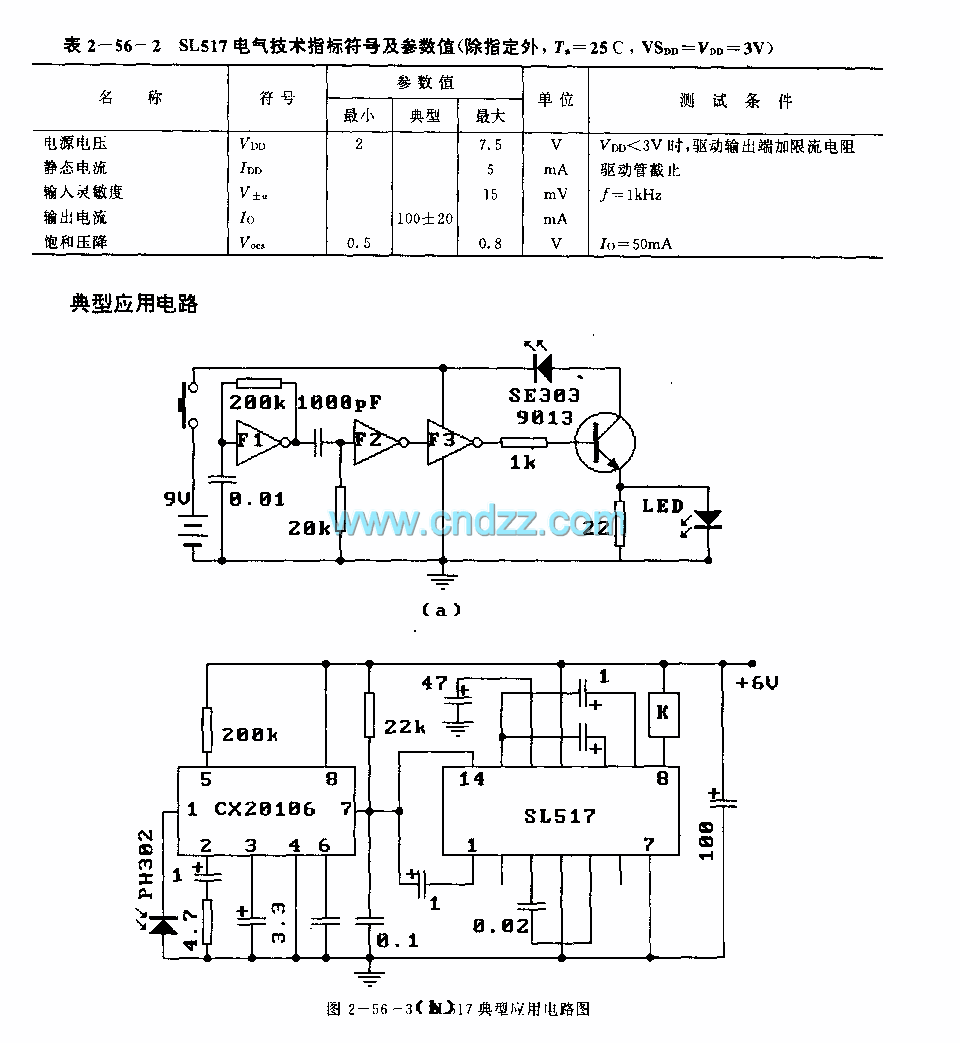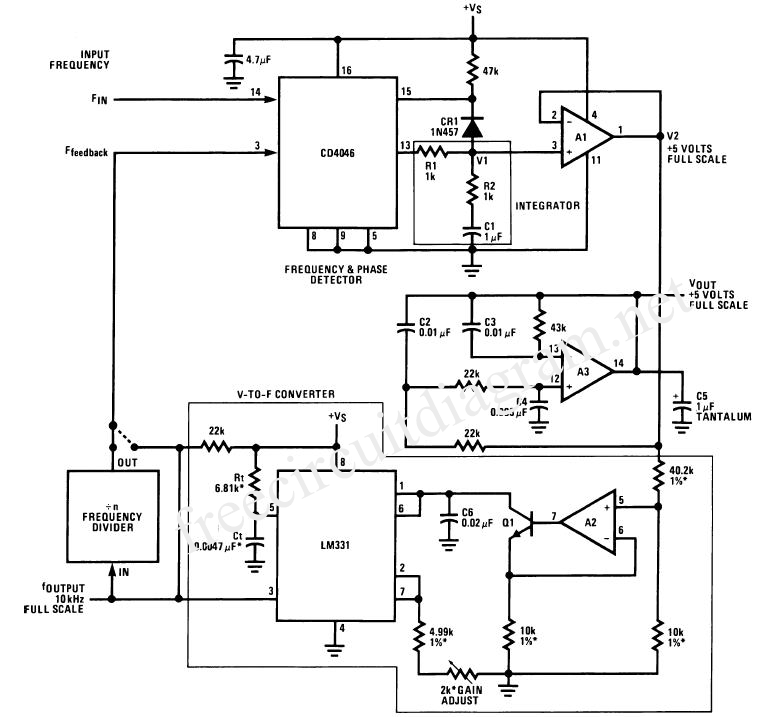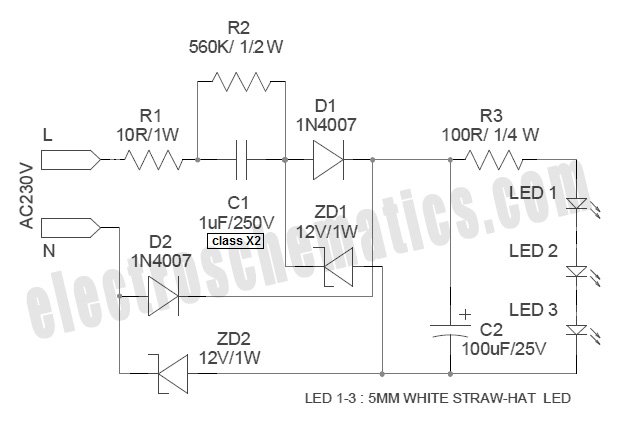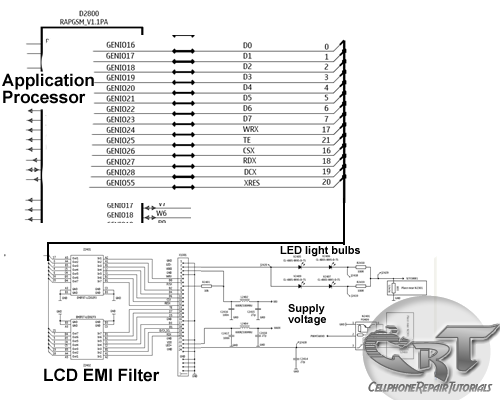
Automotive electronic password lock circuit diagram
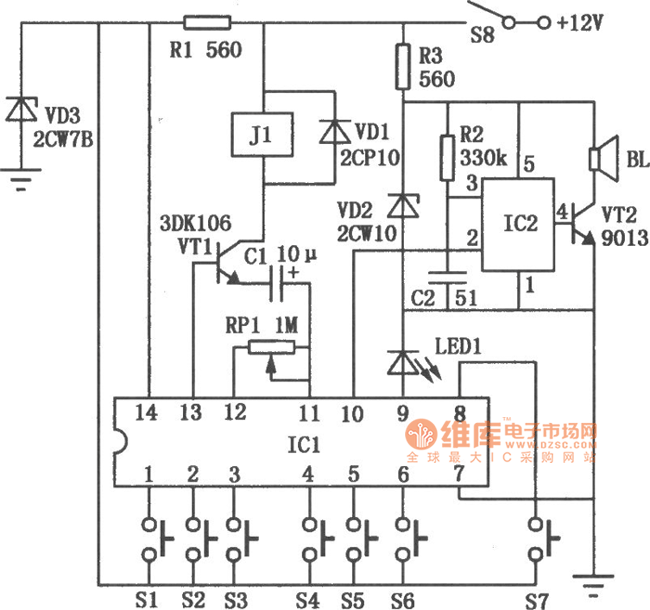
The automotive electronic code lock circuit is depicted above. IC1 is a dedicated lock for the integrated circuit 5G058, with its designated pins connecting an external key switch to the power supply. There are six valid input keys, and the unlocking process must adhere to the sequence from S1 to S6. Pin ? corresponds to the button switch S7, which is linked to the false key input. It allows for the selection of one or more keys.
The automotive electronic code lock circuit utilizes an integrated circuit (IC) 5G058, which serves as the core controller for the locking mechanism. The circuit is designed to enhance vehicle security by requiring a specific sequence of key presses to unlock the system. The six valid input keys, labeled S1 through S6, must be pressed in the correct order to successfully disengage the lock. This sequential requirement helps to prevent unauthorized access, as random key presses will not unlock the system.
The external key switch connects to the power supply, providing the necessary voltage for the circuit to operate. Each key input is monitored by the IC, which processes the sequence and determines whether the input is valid. If the correct sequence is followed, the IC will activate the unlocking mechanism, allowing access to the vehicle.
In addition, the circuit includes a button switch, denoted as S7, which is connected to a false key input. This feature serves as a deterrent against tampering. If an incorrect key is pressed, the circuit can trigger an alarm or other security measures, alerting the owner to potential unauthorized attempts to access the vehicle.
Overall, the automotive electronic code lock circuit is a sophisticated security solution that combines ease of use with robust protection against theft. The design emphasizes reliability and user-friendliness, making it an effective choice for modern automotive applications.Automotive electronic code lock circuit is shown as above. ICl is exclusive lock for the integrated circuit 5G058, its ? ~ ? feet connect external key switch to the power supply. They are six valid input keys. The unlock must follow the sequence of Sl ~ S6; pin ? button switch S7 is connected to the false key input. It is free to pick one or a few keys on.. 🔗 External reference
The automotive electronic code lock circuit utilizes an integrated circuit (IC) 5G058, which serves as the core controller for the locking mechanism. The circuit is designed to enhance vehicle security by requiring a specific sequence of key presses to unlock the system. The six valid input keys, labeled S1 through S6, must be pressed in the correct order to successfully disengage the lock. This sequential requirement helps to prevent unauthorized access, as random key presses will not unlock the system.
The external key switch connects to the power supply, providing the necessary voltage for the circuit to operate. Each key input is monitored by the IC, which processes the sequence and determines whether the input is valid. If the correct sequence is followed, the IC will activate the unlocking mechanism, allowing access to the vehicle.
In addition, the circuit includes a button switch, denoted as S7, which is connected to a false key input. This feature serves as a deterrent against tampering. If an incorrect key is pressed, the circuit can trigger an alarm or other security measures, alerting the owner to potential unauthorized attempts to access the vehicle.
Overall, the automotive electronic code lock circuit is a sophisticated security solution that combines ease of use with robust protection against theft. The design emphasizes reliability and user-friendliness, making it an effective choice for modern automotive applications.Automotive electronic code lock circuit is shown as above. ICl is exclusive lock for the integrated circuit 5G058, its ? ~ ? feet connect external key switch to the power supply. They are six valid input keys. The unlock must follow the sequence of Sl ~ S6; pin ? button switch S7 is connected to the false key input. It is free to pick one or a few keys on.. 🔗 External reference
